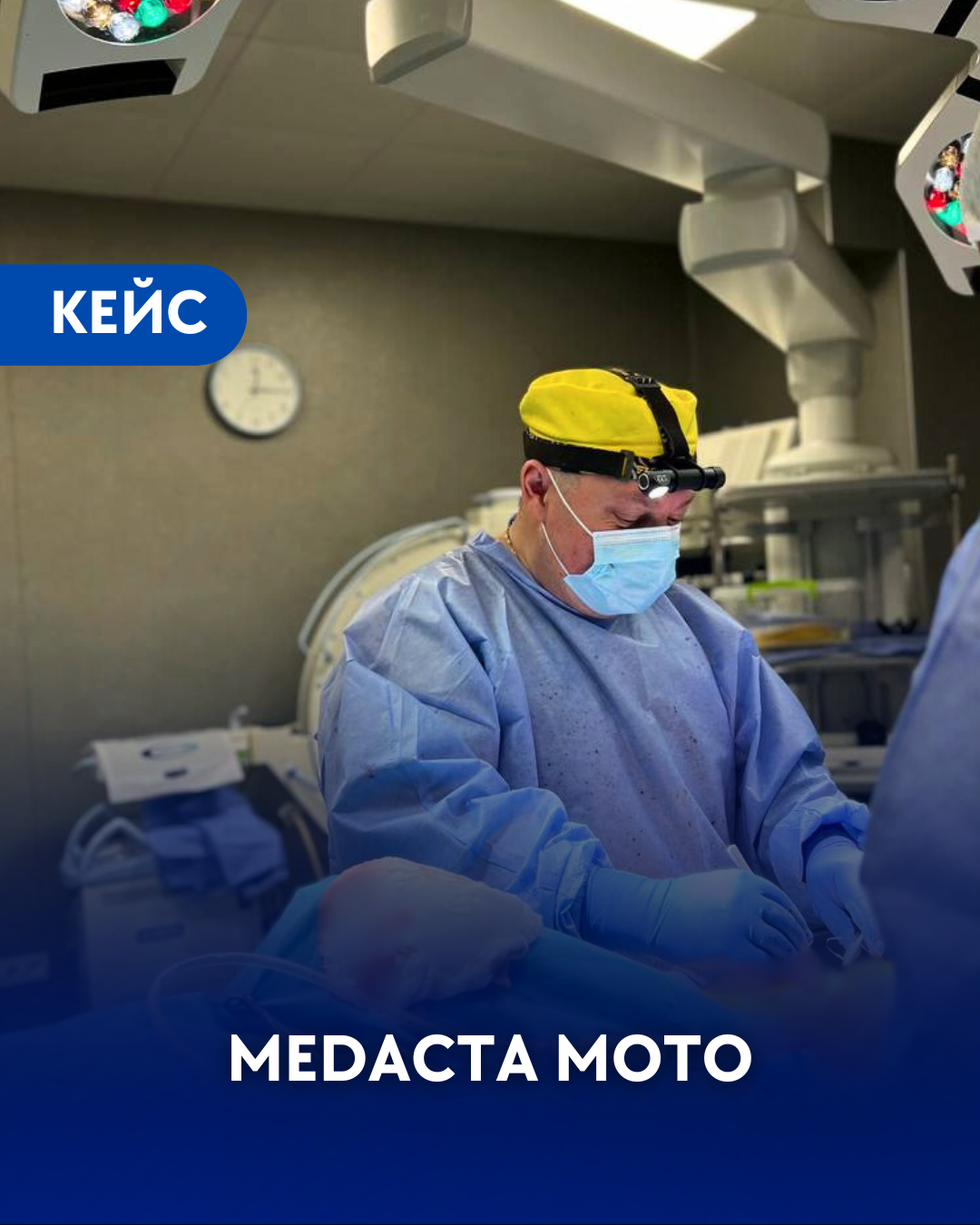Unicompartmentalized knee arthroplasty
KNEE JOINT
consists of three compartments. We define these compartments as the areas where the cartilage on one side of the joint meets the cartilage on the other side. In a healthy joint, there are three compartments: the medial (inner part of the knee), the lateral (outer part of the knee), and a third compartment below the kneecap where it meets the knee joint.
If two or all three departments are worn out, it makes sense to do complete replacement of the knee joint. However, if only one section is worn out, you may be a candidate for partial replacement of the knee joint - only the part that is damaged is replaced. Another type of partial replacement is patello-femoral substitutionWhen only the part of the knee where the kneecap contacts the joint is replaced, leaving the main bearing part intact.
What are the advantages of unicompartmentalized knee arthroplasty?
First, recovery is faster and easier. The surgery is less risky, with less chance of infection and blood clots. But the most important advantage is that most of your knee is preserved, including all the ligaments, so the knee feels more natural.
There is a lot of concern about partial knee replacement that it can be a temporary solution, but this is not the case at all. A partial knee replacement is a complete solution for a partial problemand it can last as long as a full replacement. Although other parts of the joint can wear out over time, this does not happen for most people, especially if the patient is selected correctly. And if this happens after 10, 15 or 20 years, a partial replacement can easily be converted to a complete (total) replacement.
Who is a good candidate for partial knee replacement?
According to research, approximately 30-40% people may be candidates for partial replacement. Often, patients who have suffered trauma develop post-traumatic arthritis because they have damaged one side of the knee, meniscus, or ligaments. Such patients are usually good candidates for partial replacement because their arthritis did not develop because of a genetic predisposition, but because of the trauma that led to post-traumatic arthritis.
How long will a partial replacement last?
It's a complicated question, but if you look at the averages, after 15 years, more than 90% of operating results is good. After 20 years, the figure is about 80-85%, and after 30 years, it's about 70%. There is a slight risk of failure over time, but for many people the replacement will last a lifetime.
Recovery after a partial knee replacement is usually much easier than after a total knee replacement.
The hospital stay after unicompartmental arthroplasty is significantly shorter compared to total knee replacement. Patients can immediately stand on their leg using a cane or walker, which can be removed when the patient is ready. In 6 weeks, usually 75% of the recovery is complete, and in 3 months, about 90%.
It is important to note that there is a lot of misinformation about unicompartmentalized knee arthroplasty. Many doctors and patients think that it is only a temporary solution. However. partial replacement has many advantagesand many surgeons consider it a better operation than a total knee replacement. A partial replacement preserves your bones, cartilage, and ligaments, so your knee feels more natural. If you're a good candidate for a partial replacement, it's an option worth seriously considering.

A company specializing in the production of premium large joint arthroplasties and osteosynthesis systems.
Link to the offline site - https://www.medacta.com

Unicompartmental knee arthroplasty, left-sided gonarthrosis 3st 49 years old
A 49-year-old male patient was admitted to the hospital with a diagnosis of left-sided gonarthrosis, grade 3. In the hospital, the patient underwent surgical treatment: single-stem cement arthroplasty of the left knee joint with the Medacta MOTO system (Switzerland). The surgery was performed under spinal anesthesia. The postoperative period was uneventful. The result in 7 weeks after the operation is a fully restored function of the left knee joint. At [...]

Unicompartmental knee arthroplasty, right-sided gonarthosis grade 3, 50 years old
The 50-year-old patient was admitted to the hospital with a diagnosis of right-sided gonarthosis of the 3rd degree. Under spinal anesthesia, she underwent surgery - unicompartmentalized knee arthroplasty with the Smith & Nephew JOURNEY UNI system. The postoperative period and rehabilitation were uneventful. The result on the video was achieved 4 months after the surgery.

Unicompartmental knee arthroplasty left-sided gonarthrosis grade 3 50 years old 49 years old
A 49-year-old female patient was admitted to the hospital with a diagnosis of left-sided gonarthrosis, grade 3. In the hospital, the patient underwent surgical treatment: single-stage cement arthroplasty of the left knee joint with the Medacta MOTO system (Switzerland). The surgery was performed under spinal anesthesia. The postoperative period was uneventful. The result 6 weeks after the operation was restored function of the left knee joint.